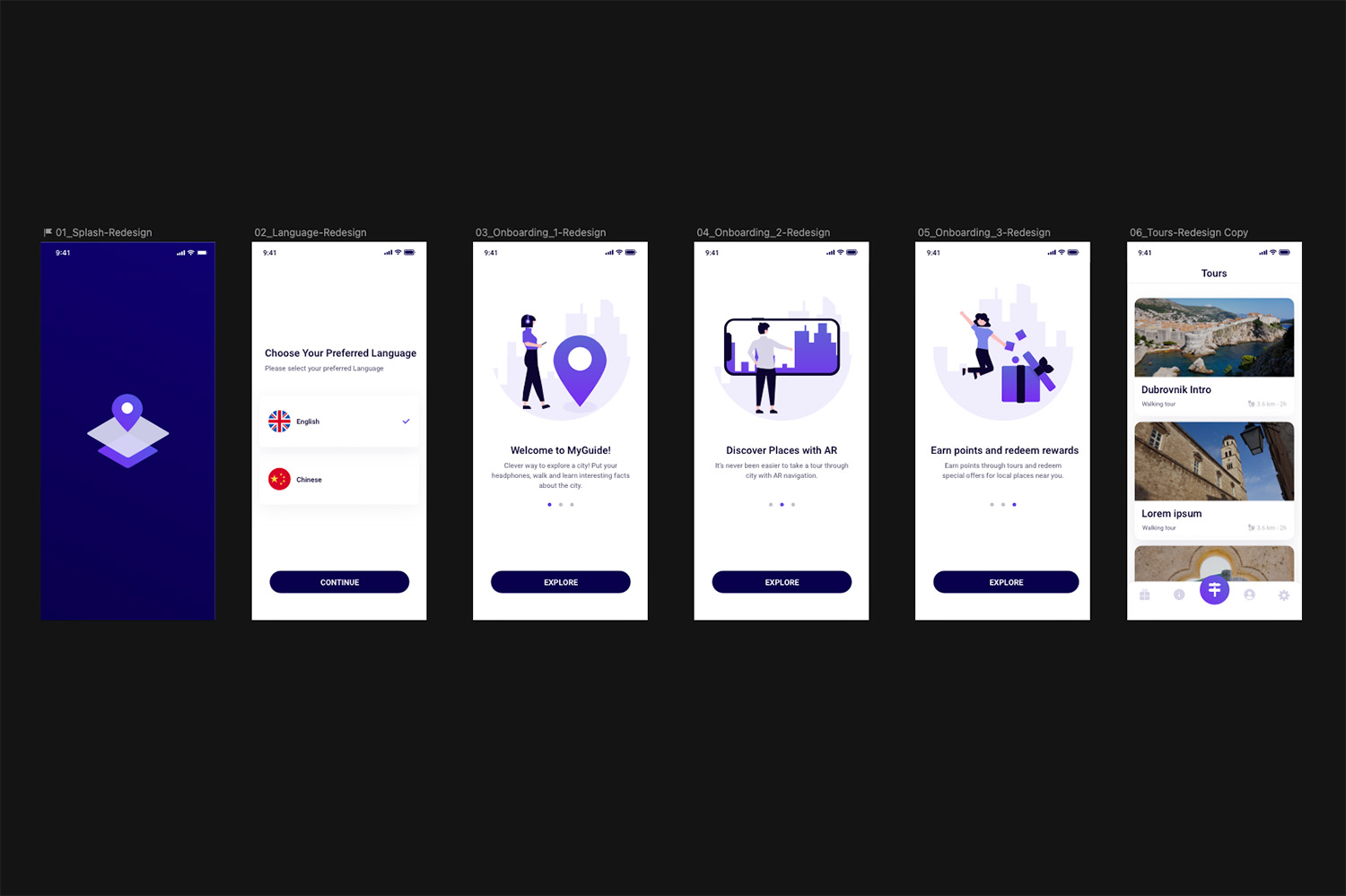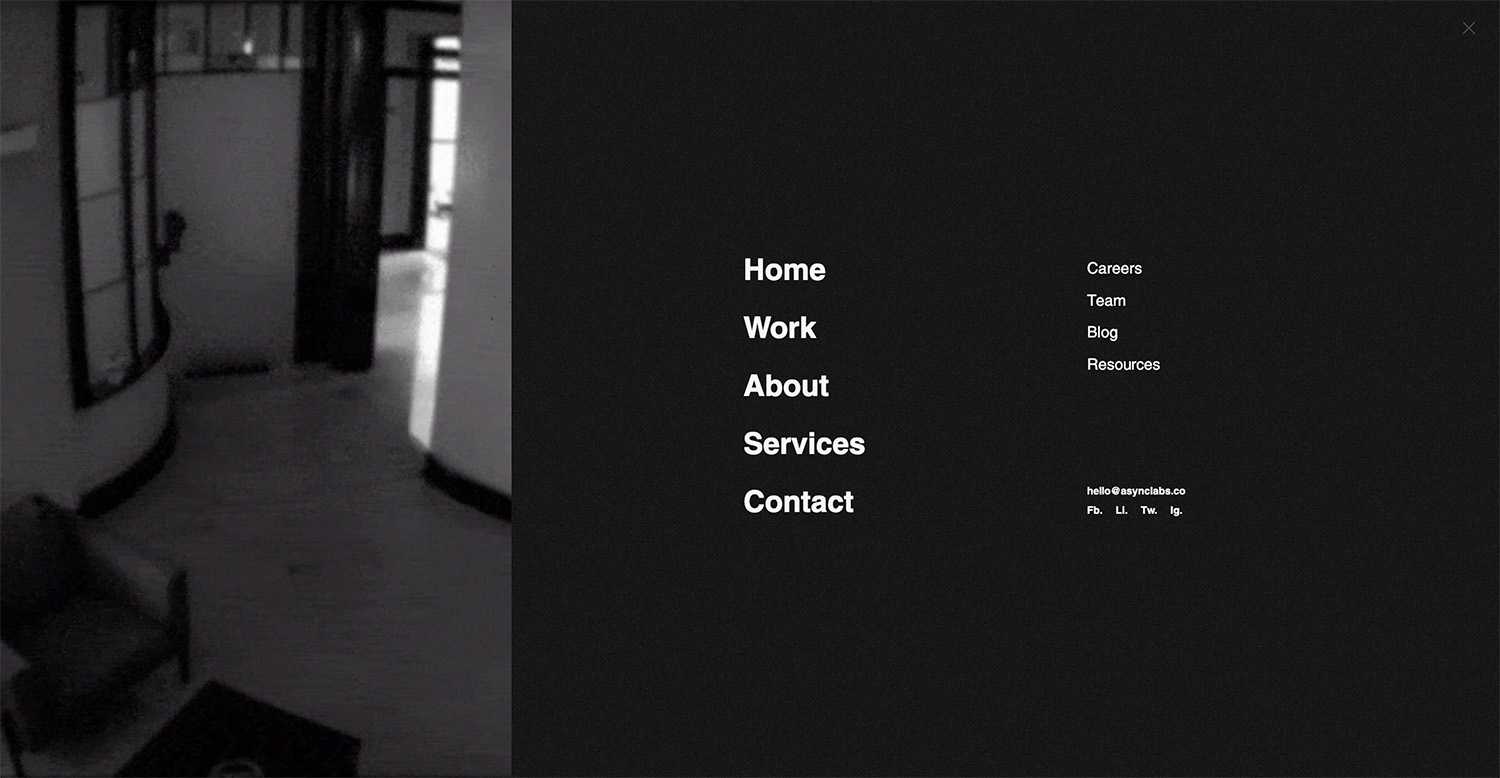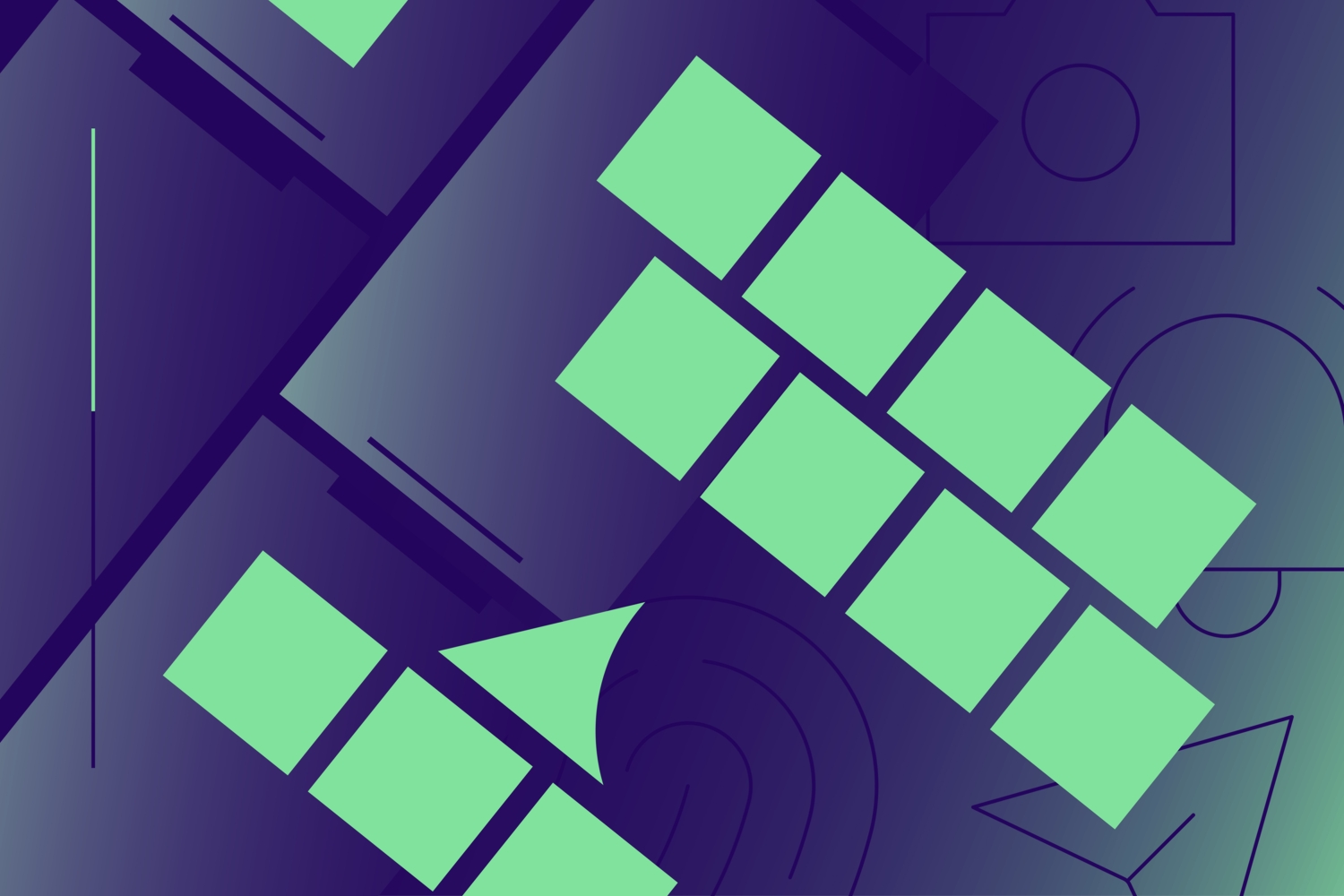You’ve probably heard the saying: “It’s not on the outside that counts; it’s on the inside that matters.”
But when it comes to your favorite products, you cannot avoid the fact that appearances matter.
Humans are visual beings living in a visual world. According to Edgar Dale, an American educator, we remember 80% of what we see, 20% of what we read, and 10% of what we hear.
One thing is sure – we all love our favorite products for their performance and—most importantly—their results.
It takes work to develop outstanding product features. What separates the good ones from the mediocre? What makes people sit up and take notice? How do you make sure your product shines in a crowded market?
In this blog post, we’ll take a closer look at the features that make products so special, why they matter, and how they can help enhance your business. We’ll also give you the inside scoop on some of the best products so you can get the inspiration to make features valuable and effective for your customers.
What are good product features?
When shopping for a new product, you’ll likely see a list of features on the product/packaging or the company’s website. But what exactly are product features?
Product features are the components of a product or service which make it attractive to customers. These could include design elements, usability factors, technical specifications, customer support services, delivery times, or pricing structures. Business owners should think carefully about their product features because these will be essential to their overall marketing strategy.
In short, they are the specific details about a product that set it apart from others. They can be anything from the ingredients and materials used to make it to how it works. When looking at a product, think about what sets it apart from other products in its category.
What are functional and non-functional features?
Features are the specific attributes of a product that make it unique and distinguish it from similar products. They can be divided into two categories: functional and non-functional.
Functional features are those that are necessary for the product to function, while non-functional features are those that are not necessary but provide value to the customer.
One of the challenges of product development is differentiating between features and benefits. The features make up the product, while benefits are the outcomes customers receive from using the product.
How to differentiate between product features and benefits
Feature development is an essential part of any successful product. It differentiates one product from another and makes people want to buy your product over someone else’s.
Product features are the benefits of a product or service you provide to your customers. As a business owner, it is essential to understand how product features can help you increase sales and keep customers coming back.
But how do you differentiate between product features and benefits? Simply put, a product feature is an attribute of the product, while a product benefit is what the feature does for the customer.
What are some examples of product benefits and features?
For example, a product feature might be that the product is made of stainless steel. That’s an attribute of the product. But the benefit of that feature is that it will not rust or corrode over time.
Another example would be a product that has a built-in flashlight. The flashlight is a feature of the product. The benefit is that it can be used in the dark or in emergencies.
A laptop feature could be a 12-hour battery life. The benefit? The user can stay productive longer without worrying about running out of power.
Once you understand the difference between features and benefits, you can start considering how to differentiate your product from the competition.
- What makes your product special?
- What do your customers care about most?
- Define the unique selling points.
Why do product features matter?
Product features matter because they can be used as an effective way to differentiate your products from those offered by competitors.
For example, offering additional services like free shipping or extended warranties on certain products will set you apart from other businesses in the same industry.
Additionally, understanding what your customers need and want regarding product features can help you develop better products and services that meet their needs.
It’s essential to focus on developing features that provide real value to the customer and differentiate your product from the competition.
How to list and market the right product features
When it comes to marketing your features, focus on the following:
- How do they solve customer problems, or how do they improve customer experience? Describe how each feature helps users get what they need faster and more efficiently.
- Ensure that you avoid using any jargon or overly technical language. Your user needs to understand why each feature matters.
- Make sure you highlight any unique or innovative features that set your product apart from its competitors. Use visuals and videos to demonstrate how each feature works and create an engaging user experience.
By making sure that you are communicating the right product features to your users, you will be well on your way to developing a robust product.
How can product features enhance your business?
Product features can enhance a business in several ways. Some of the most common forms include:
- Increasing customer satisfaction: A business can increase customer satisfaction and loyalty by including features that customers have requested or that align with their needs and preferences. Offering high-quality product features will likely attract more customers who appreciate the value added by such offerings.
- Differentiation: By offering unique or innovative features that are not available from competitors, a business can differentiate itself in the market and potentially charge a premium for its product.
- Competitive advantage: By including features that make a product more efficient, cost-effective, or user-friendly than competitors, a business can gain a competitive advantage in the market. A strong understanding of what makes a great product feature can help you create more compelling marketing messages that showcase these advantages over competitors’ offerings.
- Increased efficiency: A business can increase efficiency and reduce costs by including features that automate or streamline specific processes.
- Greater versatility: By including a wide range of features, a product can be used in various ways, appealing to a broader range of customers.
- Increase revenue: A business can increase revenue and drive higher profit margins by including features for which customers are willing to pay extra.
It’s important to note that while including a wide range of features can be beneficial, it’s also essential to strike a balance between the number of features and the product’s simplicity. A product that is too complex or cluttered with features can be confusing or off-putting to customers.
How to implement the product features?
Product features are an essential part of any product development process. They make a product stand out from the competition and encourage customers to purchase and use it.
User experience
User experience (UX) should always be at the forefront when designing a product.
UX is about providing a great user experience by ensuring that users can easily navigate your product and understand how it works without any confusion or frustration. This means you should create intuitive interfaces with clear navigation menus, easy-to-understand instructions, and helpful tips to guide users through your product.
Pro tip: Consider adding features such as search boxes, progress bars, and notifications to help streamline the user experience.
Customization
Another great way to make your digital product stand out is to allow for customizations.
This could include the following:
- allowing users to customize their profile page with different themes or backgrounds;
- changing the interface’s color scheme;
- giving users the ability to rearrange menu items;
- allowing them to adjust settings like font size or language preferences.
Allowing for customization will make users feel more connected to your product and tailor it to their needs.
Here is an example of the main functionalities of the application that are presented to the user on the onboarding screens. On the home screen, our designers have highlighted the main functionalities of the application in the navigation so that the user has quick access to them.

Analyzing the customer experience with the product feature
Once the product feature development process is complete, it’s time to explore the customer experience.
Ask yourself the following questions:
- What problem does this feature solve?
- How will customers interact with it?
- Is it user-friendly?
Data is essential to understanding how well your product is performing. Analytics tools allow you to track user behavior on your website or application to understand better where improvements need to be made or additional features could be added.
Think about every step of the user journey. Maybe there’s a tutorial that needs to be included or additional tools that need to be developed to help users understand the product feature. Also, consider how the design of the product feature affects customer behavior and satisfaction: will they have a positive experience while using it?
Finally, make sure to take advantage of analytics capabilities and customer feedback. While developing a product feature, track which features deliver value and can be improved upon. This allows you to create better features for future iterations that will continue to delight customers.
Tips on developing powerful product features
Developing powerful product features can be tricky. So, here are a few tips to help you out.
- Start by understanding the context of use for your product. Ask the following questions: Who will use it? What problem solves? What passions and interests do you have? Having a complete understanding of the context can help you develop relevant features.
- Ensure that your product feature is intuitive and easy to understand, especially if it’s complex. This way, users won’t get stuck using it and will make the most of it.
- Use data when deciding which features to develop for your product. Refer to customer or user surveys, market research reports, or analytics data to get an idea of what features your users want or need to get the most value out of your product.
- Don’t forget to test and iterate on different versions of your feature before executing the final version – this will ensure that you have something usable and effective.
- Take the time to develop the product features in a way that speaks to the needs and wants of your target market.
By following these tips and putting some extra effort into developing powerful product features, you’ll be able to create an excellent experience for your users, ultimately leading to your product’s success!

Here is another example of a feature from our Async Labs website, where the user has access to all the main sections of the web in one place.
What are the famous examples of product features?
There are many examples of famous product features, depending on the industry and the product. Some examples include:
- Tesla’s Autopilot: Tesla’s semi-autonomous driving feature has been a significant selling point for their electric vehicles.
- Netflix’s personalized recommendations: Netflix’s algorithm-driven recommendations for TV shows and movies have helped the company retain subscribers and discover new content.
- Adidas’ Boost Technology: Adidas’s cushioning technology that uses tiny foam beads has been a popular feature in many of its shoes.
- Dyson’s bagless vacuum: Dyson’s bagless vacuum cleaner design helped them establish itself as a market leader in the vacuum cleaner industry.
- Duolingo offers language-learning courses for over 30 languages. One of its most unique features is that it’s free to use. Duolingo’s progress tracking is another key feature. The app tracks your progress and awards XP for every lesson completed. You can also earn badges and share your successes with friends on social media. This makes Duolingo perfect for keeping track of your language learning goals and sharing your progress with others.
Understanding the product features
Product features are one of the most important aspects of any successful digital product development process.
When creating and developing product features, you first need to understand what type of features to build. Understanding how product features work is essential for any business owner looking to maximize success in today’s competitive market.
Once you know that, you must differentiate the product features and benefits to ensure your target market understands the value you’re bringing to the table.
With an eye for detail and careful consideration when creating new products or services for customers, you can ensure that your business stands out from the crowd with unique offers that keep them coming back for more!
By taking the time to understand what customers need and want in terms of product features and how these can differentiate your offerings from those offered by competitors, you can effectively enhance your business and ensure its long-term success.
Have an idea and want to create excellent digital products that will keep customers returning time after time? Contact us!
